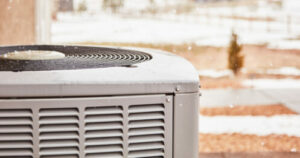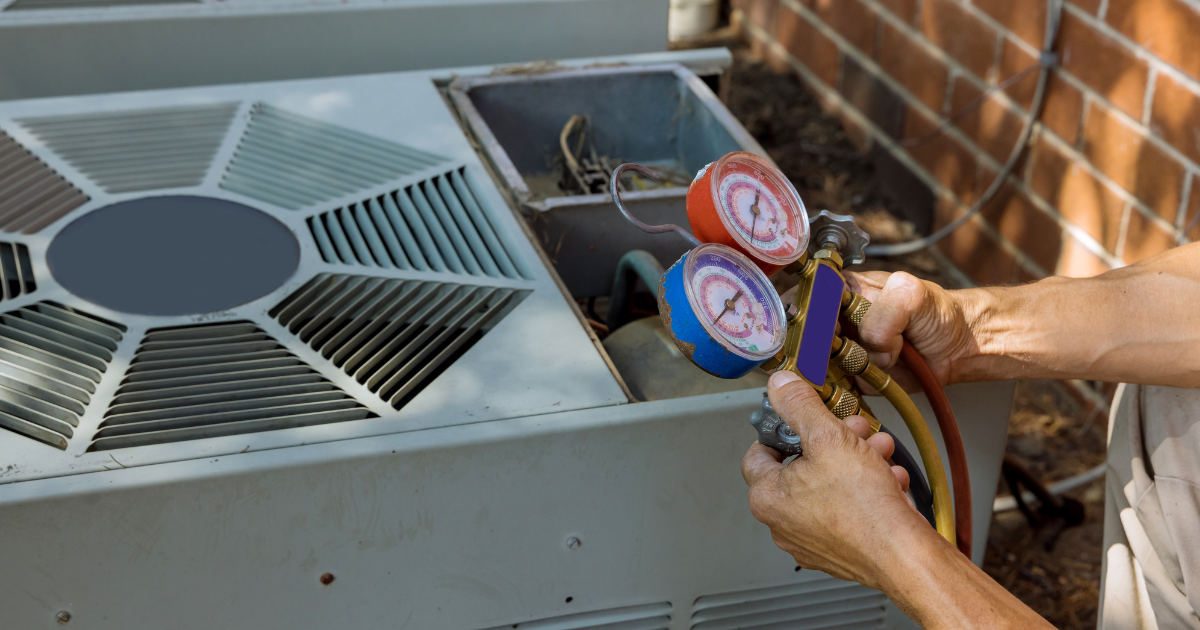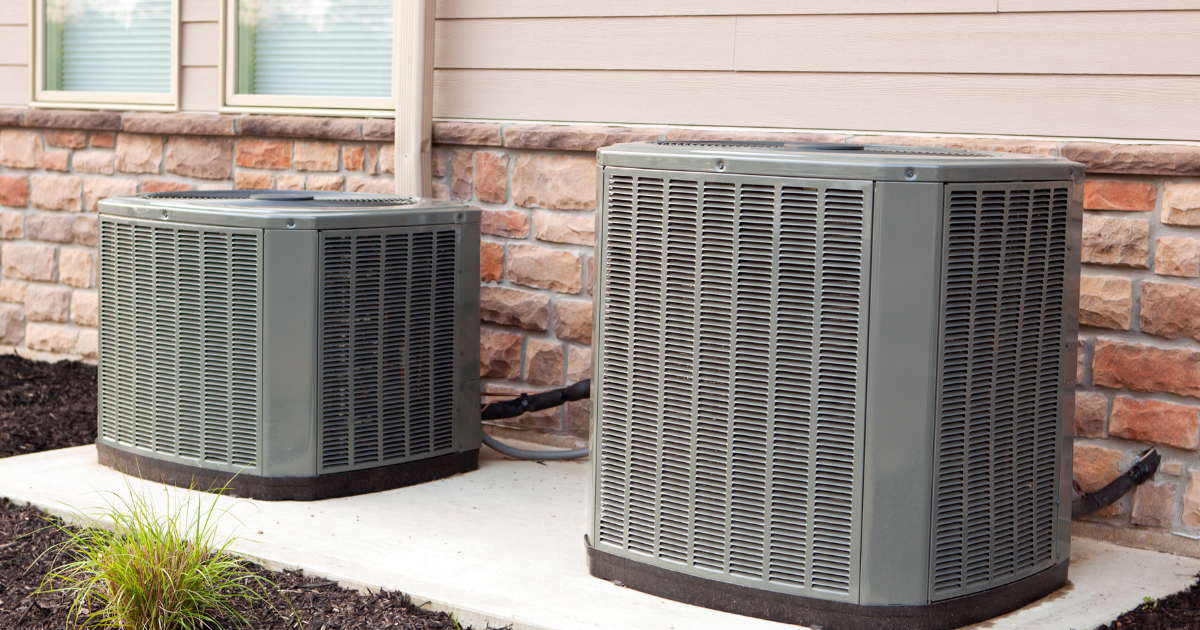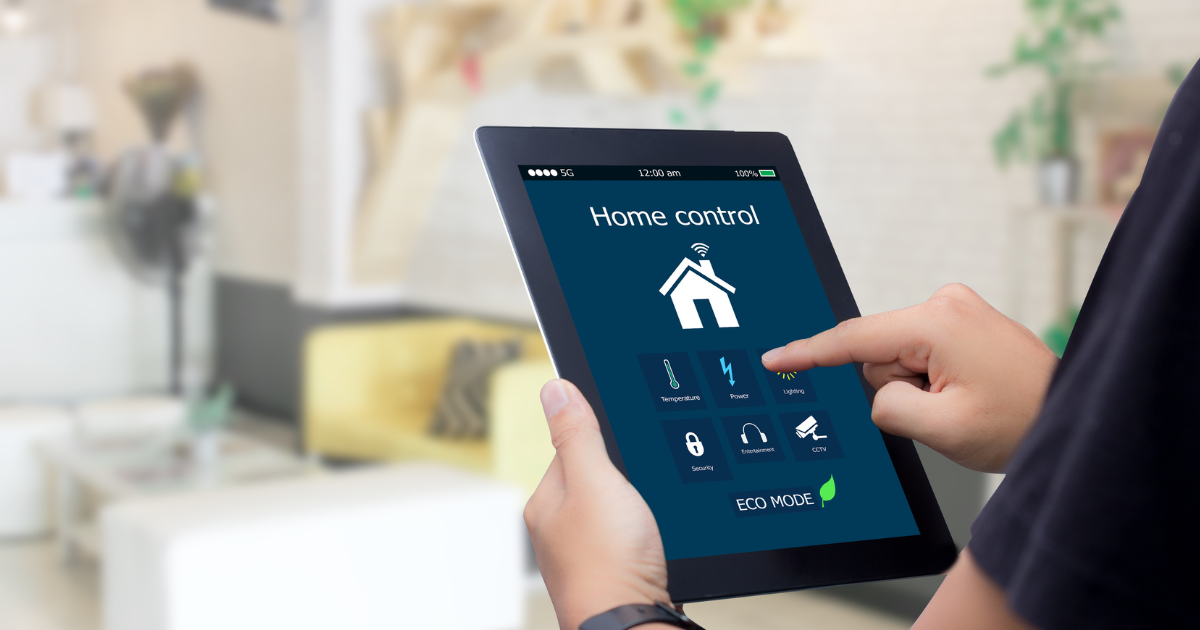Steps for Winterizing Your Home’s Heating System
No matter what type of heating system your home has, it is important that you take some steps to winterize it and get it ready for winter. Winterizing a heating system essentially means fully inspecting and servicing it, and this is something that you should have a licensed HVAC company take care of. This guide will explain all of the necessary steps in servicing and winterizing heating systems that run on either a gas furnace or heat pump and why each one is important.
AIR FILTER REPLACEMENT OR CLEANING
One essential part of getting your heating system ready for winter is to replace the air filter. This is really the only winterizing step you can effectively do on your own. It is always important that you replace or wash the air filter before you turn your heating system on for the first time in the fall or winter. If you have both central heating and central air conditioning in your home, the same air filter functions for both systems. In this case, you can be fairly certain that the air filter is quite dirty from running your air conditioning all summer so you should definitely replace it or clean it if you use a washable filter instead of the standard disposal filter. Even if your home doesn’t have central AC, you should still replace the air filter as it will have accumulated lots of dust since you last had your system running.
Replacing the air filter is important as it ensures that your heating system has proper airflow. Almost no air can flow through a filter when it gets overly dirty, and this lack of airflow will greatly increase your energy bills and make your heating system work far less effectively. A dirty air filter can also lead to overheating or various other issues that could cause your heating system to keep shutting off or breaking down. As such, it is important to replace the filter at the start of the heating system and then again at least every two or three months.
STEPS FOR MAINTAINING AND WINTERIZING A GAS FURNACE
If your home has a gas furnace, you should always have it serviced by a certified HVAC technician sometime in the fall. Maintaining your furnace will ensure it works safely. It is also important for the effectiveness and energy efficiency of your heating system. Regular maintenance can also help save you money on furnace repairs and allow your furnace to last much longer. With all that in mind, here are the steps involved in maintaining a gas furnace.
CLEANING THE FLAME SENSOR AND FURNACE BURNERS
When servicing and maintaining your furnace, our technicians will fully clean both the gas burners and the flame sensor. Cleaning the flame sensor is essential for ensuring the furnace continues to run after it first lights. When the sensor is dirty, it often won’t sense the heat coming from the burners. If this happens, the gas flow will stop and the furnace will shut back down almost immediately.
Cleaning the burners is important for ensuring that the furnace always lights immediately and burns cleanly. If the burner ports are dirty and partially clogged, there may be a delay in ignition. This will lead to a dangerous fireball forming in the combustion chamber when the gas finally ignites. Dirty burners can also lead to incomplete combustion, which can cause the furnace to produce carbon monoxide. Any time the gas doesn’t combust fully, the furnace will also produce less heat and not work nearly as effectively.
INSPECTING THE EXHAUST FLUE AND HEAT EXCHANGER
Inspecting the exhaust flue and heat exchanger are also essential parts of maintaining a gas furnace and will help to prevent combustion fumes and carbon monoxide from leaking out into your home. Heat exchangers can sometimes crack due to overheating or simply because of age. This will allow harmful combustion fumes to escape and leak into your duct system. If the heat exchanger is cracked, you’ll generally need to replace your furnace. Replacing a heat exchanger is extremely expensive and will end up costing you about the same as you’d pay to install a brand-new furnace.
Professional technicians will also inspect the exhaust flue to ensure it isn’t damaged or clogged. They will also use a match or smoke pencil to test whether the flue is venting properly. This is again essential for preventing the combustion fumes from escaping and leaking out into the surrounding area.
TESTING THE SAFETY SWITCHES
Modern furnaces have a number of safety switches and other switches that enable them to run and work safely. Technicians use a voltmeter to test and make sure all of the switches are working as they should. Testing the high-temperature limit switch is especially important for ensuring the furnace always shuts down if it overheats so that it doesn’t suffer damage or possibly start a fire. Most newer furnaces also have a flame rollout sensor. This should be tested as well to ensure the furnace will shut down immediately if the flames ever escape or “roll out” of the combustion chamber.
STEPS FOR MAINTAINING AND WINTERIZING A HEAT PUMP
If your home has a heat pump that you use for heating, it should be fully inspected, serviced, and winterized each fall. As part of this service, our technicians will fully clean and inspect the evaporator coil and condenser coil to ensure they aren’t leaking. Cleaning the coils is also important for preventing the heat pump from freezing up as often.
They will also check the refrigerant level in the system to make sure it isn’t too low. Not enough refrigerant will make the system far less effective and can lead to it freezing up and not working. Low refrigerant charge almost always indicates that the system is leaking since it is a closed loop. The refrigerant level should always remain the same. If the charge is low, technicians will need to repair the leak and then recharge the system so your heat pump works again correctly.
INSPECTING THE DUCTWORK AND MEASURING AIRFLOW
No matter whether you have a furnace or a heat pump, you will also want to have technicians inspect all of your home’s air ducts to ensure they are properly sealed and not leaking air due to damage. They’ll also make sure that the air pressure in the duct system is balanced, which is important for ensuring the blower can work effectively and properly circulate air throughout your home. Checking the ductwork is essential for making sure your heating system works efficiently as air leaks can reduce its energy efficiency by as much as 30%.
TESTING AND CALIBRATING THE THERMOSTAT
The last step in servicing and winterizing a heating system is for technicians to make sure your thermostat is calibrated properly and working correctly. Cleaning and calibrating the thermostat will ensure that it accurately reads the temperature in your home so that it correctly signals your heating system to turn on and off when it should. After testing the thermostat, our technicians will then turn your heating system on and measure the temperature of the air coming out of your vents just to make fully certain that the system is heating effectively.
If you’re looking to get your home’s heating system ready for winter, All Pro Air is always ready to help. Our certified technicians are experts in furnace and heat pump maintenance and will do everything it takes to make sure your heating system is ready to go. We also offer professional furnace and heat pump installation and repairs as well as a full range of air conditioning and indoor air quality services for residential customers in Riverside and the surrounding areas. Contact us today to get your heating system inspected and serviced and ensure your home stays comfortable all winter long.



